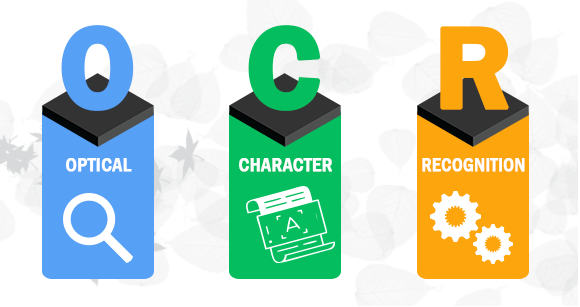
The Challenge of Paper-Based HR Records –
Human Resources departments are often weighed down by the inefficiencies of paper-based records. Employment contracts, resumes, performance reviews, and compliance documents are usually stored in filing cabinets or archives, making them difficult to retrieve when needed. This reliance on paper not only slows down HR operations but also increases the risk of errors, misplacement, and compliance issues. Remote access is virtually impossible, which creates barriers for distributed HR teams, while the costs of maintaining physical storage continue to grow. These challenges highlight the need for digitization as a more reliable and efficient alternative.
Introducing OCR and Google Vision API –
Optical Character Recognition (OCR) is a technology that converts printed or handwritten text into digital data, enabling scanned documents to become searchable and editable. When combined with the capabilities of Google Vision API, OCR becomes even more powerful. The Google Vision API can process both printed and handwritten content, recognize multiple languages, and structure extracted information for direct use in HR systems. This means that organizations can scan paper documents, extract critical employee information, and make it instantly accessible in a digital format.
How the Process Works –
The digitization process begins with scanning paper records into digital images such as PDFs or JPEGs. These images are then processed through the Google Vision API, which extracts the text with high accuracy. Once the data is captured, it can be structured and categorized, allowing HR teams to store it in databases or HR Information Systems (HRIS). From there, employees and HR managers gain the ability to search and access records quickly, eliminating the frustration of manual searches through stacks of paper files.
Benefits of Digitizing HR Records –
The shift from paper to digital brings a range of benefits for HR departments. Efficiency improves significantly because retrieving employee records takes seconds instead of hours. Compliance risks are reduced since digital records can be encrypted, audited, and tracked. Storage costs are lowered as organizations no longer need to maintain large archives of physical documents. Employees also experience faster response times to their requests, which contributes to a better overall HR experience. Additionally, because the Google Vision API operates in the cloud, the system can easily scale as the volume of HR data grows over time.
Real-World HR Applications –
The practical applications of OCR and the Google Vision API in HR are wide-ranging. Resumes and job applications can be scanned and digitized, making it easier to feed candidate information into Applicant Tracking Systems. Employment contracts can be transformed into searchable PDFs that simplify compliance audits. Handwritten performance reviews can be digitized and analyzed to identify workforce trends. Even older legacy records stored in physical archives can be converted into digital formats, creating a centralized and easily accessible database for the HR team.
Best Practices for Implementation –
For organizations looking to implement this solution, it is best to start by prioritizing critical documents that are most frequently used or legally required. Ensuring data privacy is essential, so sensitive HR information must be encrypted and protected with role-based access controls. Integration with existing HR systems allows digitized records to be used seamlessly in everyday workflows. Combining OCR with automation tools such as Robotic Process Automation (RPA) can further enhance efficiency by populating employee profiles or generating compliance reports automatically. Finally, it is important to validate the accuracy of extracted data, especially when processing handwritten documents, to ensure information integrity.
Shaping the Future of HR Record Management –
Digitizing HR records with OCR and Google Vision API goes beyond reducing paper use; it lays the foundation for a more data-driven and strategic HR function. By converting paper files into digital assets, HR teams gain speed, accuracy, and scalability in managing employee information. This transformation not only reduces administrative burden but also empowers HR leaders to focus on strategic growth and employee engagement. As organizations continue to adopt digital-first practices, HR departments that embrace these tools will position themselves as key drivers of innovation and efficiency within the enterprise.
Conclusion –
The digitization of paper-based HR records using OCR and the Google Vision API represents a significant step toward modernizing HR operations. By transforming static paper files into dynamic, searchable, and secure digital assets, organizations can eliminate inefficiencies, reduce compliance risks, and empower HR teams with instant access to employee data. Beyond operational improvements, this shift creates opportunities for HR leaders to focus on strategic initiatives such as workforce planning, talent development, and employee engagement. As businesses continue to embrace digital transformation, leveraging technologies like OCR and the Google Vision API will ensure that HR functions remain agile, efficient, and ready to support long-term organizational growth.

